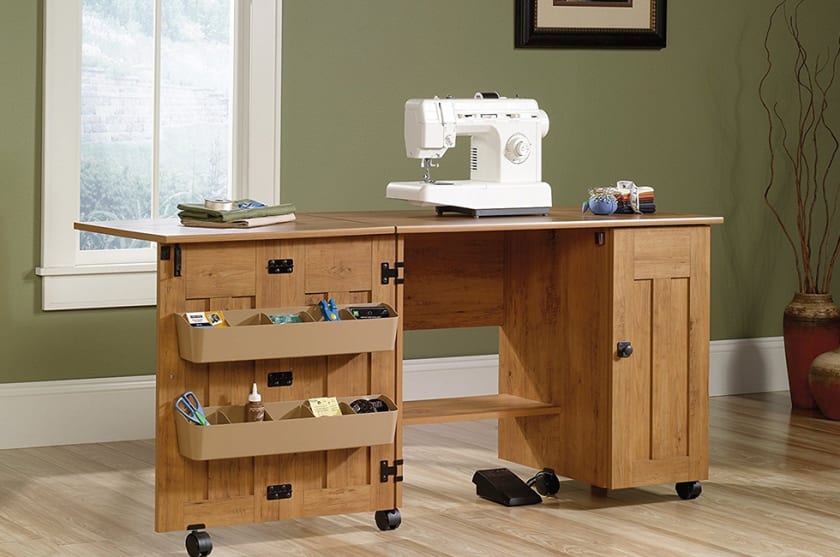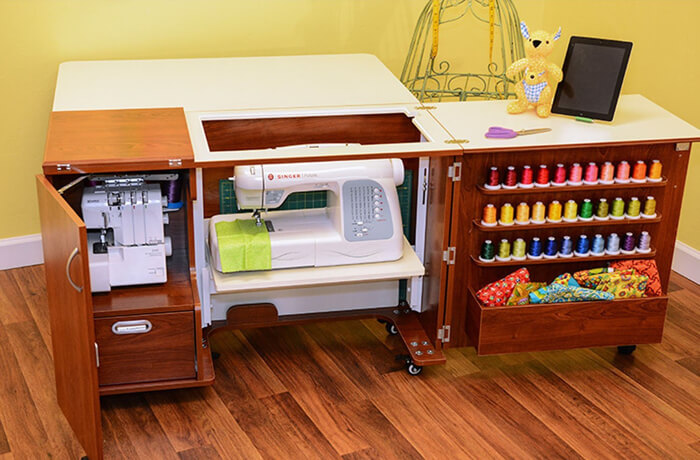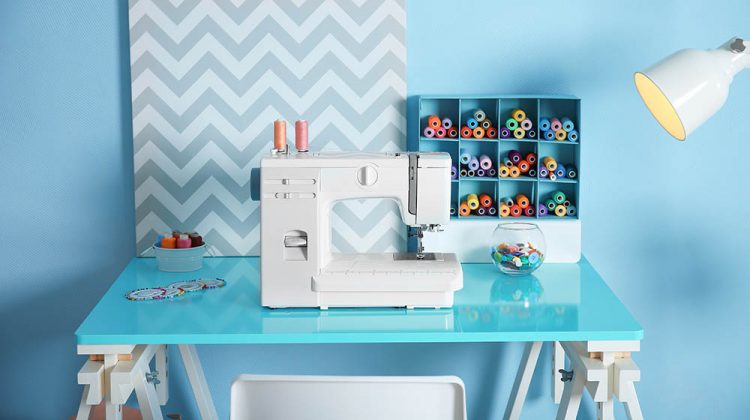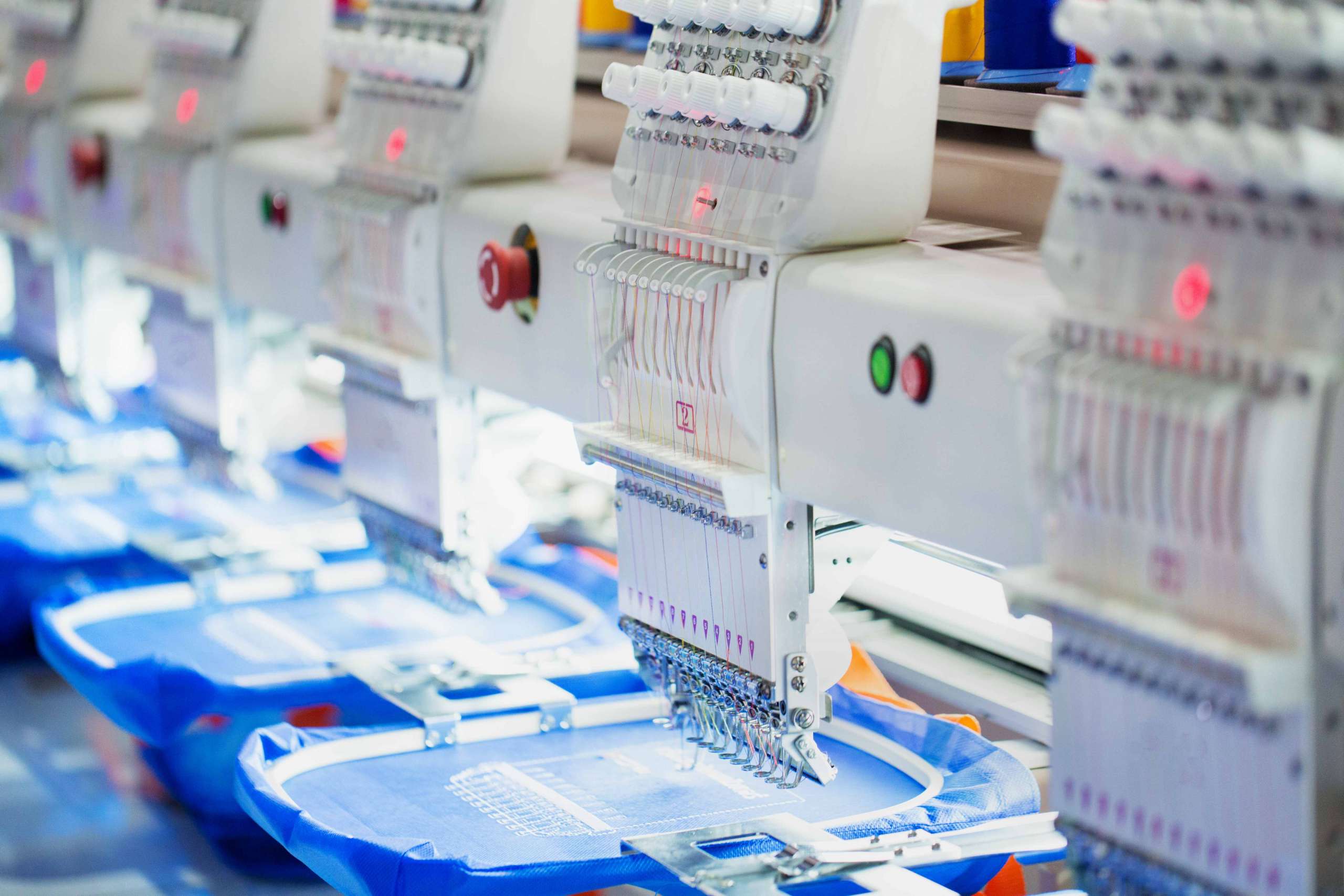5 Advanced Technologies for Sewing Seamless Garments



Seamless technology is a sophisticated method of making fabric for clothing. You may have seen a rise in the popularity of seamless clothes in the fitness scene. This is because seamless garment design prioritizes muscle support in all the right areas. The clothing is more comfortable, the fit is more refined, and it features elasticity that aids in the fluidity of motions.
Clothing is a tool that enables you to flourish in the world of exercise. A well-balanced fit can be the difference between a pleasant run and an unpleasant one, likewise, the fabric. If clothing begins to stick midway through the workout due to perspiration, it might make the workout uncomfortable.
On the other hand, seamless clothing is more breathable, keeping the body cool even after intensive activities. Due to the lack of seams and stitching, the procedure typically results in lightweight clothing that is smooth and soft on the skin.
Additionally, the compression fit is more complex. Seamless technology enables you to customize the compression and structure of individual areas of clothing. This results in a composed and snug fit unmatched by traditional apparel.
Additionally, seamless technology is environmentally beneficial. It generates less trash than conventional procedures. However, more on this later.
This blog will help you better grasp seamless technology, its relevance in today's environment, and how seamless leggings are constructed.
Sewing vision

Stitching decoratively needs precision fabric feeding to the machine, which results in exact stitching. The operator and his advanced skill set are responsible for manipulating the fabric direction to sew curves and various types of patches. Due to a lack of highly skilled individuals, the vision sewing tables have emerged as a convenient method of obtaining immaculate ornamental threads.
The technique may be used in conjunction with traditional single needle lock stitch machines, chain stitch machines, or pattern sewing machines with electronic programming.
The vision sewing tables are combined with an industrial camera to look (capture a picture), process the obtained image in a fraction of a second, and then guide mechanical movements via the electronic programmable sewing machine.
The entire procedure does not require advanced skill sets and takes substantially less time. The primary advantages of the vision system are a consistent sewing pace for multiple patch sewing, automated pattern sewing, improved/less handling of the garment or fabric, and the absence of operator sewing skills.
Sewing tables with fewer pedals
Stitching machine operators spend most of their time on foot pedals to maintain control while sewing intricate stitches and essential portions. Industrial sewing machines are gradually developing the notion of a pedal-less sewing machine, allowing for stitch control by electronic means.
Bobbin changer that operates automatically
A high-efficiency single needle lock stitch comes to a halt when the bobbin thread is wholly consumed and requires replacement with a fresh bobbin. Typically performed manually, the procedure adds additional time to the business, resulting in decreased productivity.
- Automatic bobbin changers are becoming more necessary for uninterrupted stitching.
- Kinoshita has successfully marketed the usage of automated bobbin changers with an interchange plate that holds eight bobbins and can be combined with SNLS machines.
- On the one hand, embroidery machines are discovering the increased value of automated bobbin changers, while industrial sewing tables are unfamiliar with them.
Sewing machine monitoring in real-time
The garment sector is accelerating its transition to Industry 4.0, and digitalization is one of the outcomes. With separate gonotrophic sites for garment units, controlling and monitoring manufacturing becomes nearly impossible. Real-time monitoring is the most effective way for the garment business to use the shop floor.
- The smart sewing machines are networked via a server that can be accessed from anywhere in the globe using a smartphone or tablet.
- The intelligent machine network solution enables real-time monitoring of the status of an entire production line or even a single unit.
- This real-time status not only assists in identifying potential bottlenecks during manufacturing but also indicates the potential for productivity enhancement.
Convertibility when it comes to sewing machines
Convertibility of bed, feed, and stitch types has been a long-requested feature in sewing tables. For a long time, Juki and Brother's double-needle lock stitch machines had the option of switching between needle feed and drop feed. Bed types were altered customarily from raised to flat in the case of lengthy overlocking seams. However, some companies now give an option to go from a submerged bed to a raised bed in an eyelet buttonhole machine.
Convertibility from bar tack to button stitching is another feature that sewing companies have recently introduced. Simply changing the presser foot and activating the built-in software, a bar tack machine may be converted to a button sewing machine without modifying any internal components.
Modular sewing machines

Sewing tables have evolved away from their strict construction, in which each component was meant to perform a certain purpose, leaving little possibility for component swapping to do another function. Additionally, investing in new equipment is not a financially viable choice.
The innovation in this part results in the creation of modular sewing machines, in which individual components may be swapped out and replaced to meet future demands.
This capability eliminates the need to purchase a new machine, therefore improving the versatility of an existing sewing machine. Repairing the module would also include replacing it, eliminating downtime, and any bottlenecks in production.
Configuration of sewing machine through mobile phone
The settings on the sewing machine must be altered periodically according to the style of the garment being worked on. These settings should be consistent across all sewing machines, but manually adjusting them across several machines is a time-consuming operation.
- The latest trend is to modify the settings on a sewing machine using a contactless Android tablet, Wi-Fi, or even a cell phone.
- Once the settings have been modified on the sewing machine, they may be replicated across the whole production line with a single tap on the device.
- This function offers time savings and rapid verification of consistent settings, as well as validation of the condition of sewing machines on a sewing line, hence easing set-up modifications.
Digital feed system in sewing machines
Productivity improvement on the work floor is just as critical as timely delivery of items to the purchasers. Even the tiniest gain in production indicates a big boost in inefficiency. With rising labor expenses, improved sewing machines are necessary to reduce time spent on non-value-added operations.
Numerous sewing machine manufacturers are currently attempting to increase productivity through the use of digital feed sewing machines.
Integrating a digital feed into a sewing machine requires decoupling the feed dog's movement from the main shaft, which is driven by a servo motor. A stepper motor is included inside the machine, which operates the feed dog independently.
Using a separate stepper motor enables accurate reverse feeding, design stitching, and condensed and backtrack sewing on the same seam simultaneously.
Sewing machine with USB port
Each time a new style is introduced into a production line, the sewing machine settings on each machine must be modified. It prolongs the time required for the changeover, hence delaying output.
The sewing machines now include a USB connector, enabling the easy transfer of settings such as stitch length and stitching speed to other machines. Apart from that, the USB drive enables quick pattern copying and software upgrades.
USB ports are gaining popularity with sewing operators since they double as convenient mobile charging stations or even a USB-powered personal desk fan during the summer.
Sewing machines led by voice technology
Each time a sewing machine fails, the operator notifies the line supervisor, who subsequently contacts the technician to remedy the situation. Frequently, operators are ignorant of the causes of a machine's failure to operate.
There are sewing machines on the market that have a voice guide function. Each button on the operating panel is accompanied by a voice-over informing the user of technical issues such as machine breakdown, oil leakage/level, and so on.
Conclusion
Seamless technology is a cutting-edge knitting idea that results in seamless sportswear that is virtually devoid of seams, stitching, and stitches. Rather than being chopped into parts and sewed together in several processes, seamless sportswear is constructed in fewer and more efficient steps utilizing highly modern circular knitting machines.
Computer-programmed machines transform yarn into full clothes in a matter of minutes, with minimum cutting and stitching. As a consequence, you receive comfortable and durable athletic clothing that is devoid of needless and irritating seams.



















